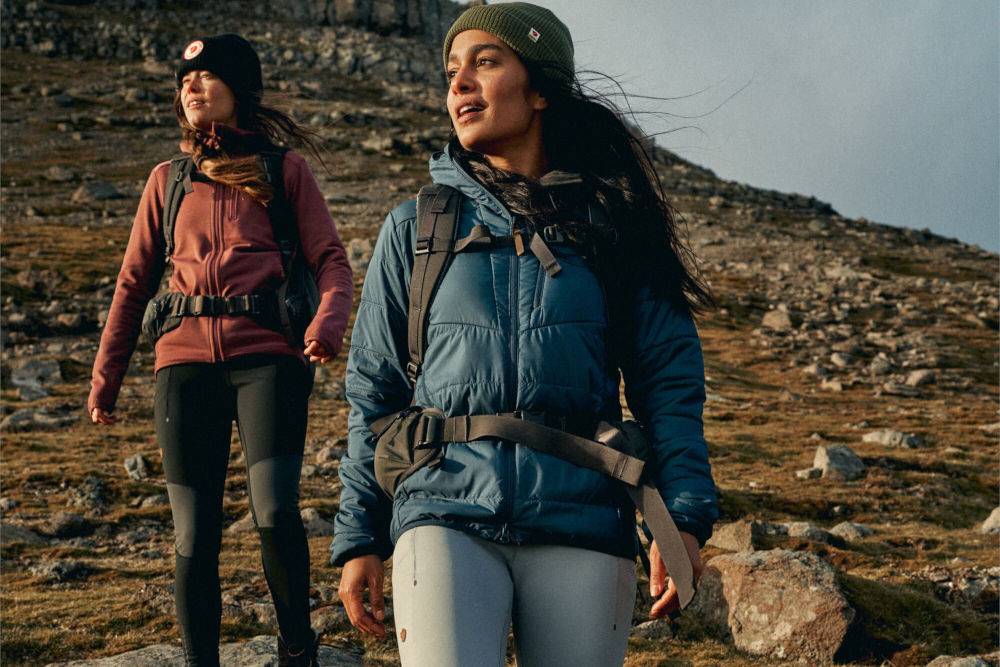
Fjällräven is a Swedish fashion retailer founded in 1960 in A Coruña, Galicia, Spain, by Åke Nordin. The multinational clothing-retail company creates outdoor apparel and equipment for men, women, and children.
Fenix Outdoor International AG owns Fjällräven along with other brands Tierra, Globetrotter, Primus, Royal Robbins, Hanwag, Naturkompanier, Partioaitta, and Friluftsland.
Fjällräven is a global player in developing and selling clothing and equipment for an active outdoor life. It offers premium products for all aspects of outdoor life.
Fjällräven tries to keep its environmental footprint as small as possible by considering nature in the design, developing clothing and gear that lasts for generations, reusing, repairing, and recycling.
Fjällräven is a fashion brand and clothing retailer based in Örnsköldsvik, Sweden. It makes apparel, gear, bags, and accessories and offers a collection of basics, activewear, loungewear, and outerwear.
Panaprium is independent and reader supported. If you buy something through our link, we may earn a commission. If you can, please support us on a monthly basis. It takes less than a minute to set up, and you will be making a big impact every single month. Thank you!
Sustainability Rating: 6/10
Rating FAQ
Category: Clothing, accessories, bags
For: Women, men, children
Type: Basics, knitwear, activewear, loungewear, outerwear
Style: Casual
Quality: Medium
Price: $$
Sizes: 2XS-2XL, 0-14 (US), 2-16 (UK), 32-44 (EU), 4-18 (AU)
Fabrics: Cotton, linen, hemp, lyocell, viscose, acetate, polyester, nylon, spandex, polyethylene, polypropylene, acrylic, polyurethane, rubber, leather, wool, silk, down
100% Organic: No
100% Vegan: No
Ethical & Fair: Yes
Recycling: Yes
Producing countries: China, Croatia, Estonia, Finland, Germany, Hungary, India, Indonesia, Italy, Latvia, Lithuania, Morocco, Philippines, Poland, Portugal, Romania, Serbia, South Korea, Sweden, Taiwan, Ukraine, USA, Vietnam
Certifications: GOTS, FSC, Bluesign, RWS, RDS, Oeko-Tex, SA 8000, ISO 14001, ISO 9001
Sustainability Practices
Fjällräven takes wide-ranging measures to protect biodiversity, reduce its consumption of water, energy, and other resources, avoid waste, and combat climate change.
It has developed a climate strategy and action for the years to come and does its best to protect and restore natural habitats, combat social injustice, and promote a decent living for all.
Fjällräven uses a small proportion of organic materials such as organic cotton and hemp or recycled materials such as recycled polyester and regenerated nylon.
Most of its fabrics are natural without relevant certification like regular cotton or linen or synthetic petroleum-based fibers such as polyester, nylon, acrylic, and more.
Fjällräven also uses a small amount of semi-synthetic fibers or regenerated cellulosic fabrics such as Tencel lyocell, modal, acetate, and viscose.
Tencel is an eco-friendly fiber made with wood pulp from certified sustainable forests. But only a small proportion of the materials used by Fjällräven are environmentally friendly and sustainable.
Fjällräven publishes a list of all its manufacturers and many of its processing facilities on its corporate website, fenixoutdoor.se. It has committed to social responsibility and environmental management.
The 2021 Fashion Transparency Index gave Fjällräven a score of only 24% based on how much the group discloses about its social and environmental policies, practices, and impacts.
Fjällräven manufactures its clothes in many East Asian countries where human rights and labor law violations still happen every day.
The Swedish clothing retailer shows some labor certification standards that ensure good working conditions, health, safety, and other human rights for workers in its supply chain.
Fjällräven has a code of conduct that applies to all its suppliers and subcontractors based on the regulations set by the International Labor Organization (ILO).
Fjällräven assesses compliance with its Code of Conduct by informal visits or third-party audits with or without notice. It works with international and local unions and NGOs to improve the working conditions in its factories.
Fjällräven doesn't use any exotic animal skin, hair, fur, or angora. But it uses leather, wool, silk, and down feathers to manufacture many of its clothing pieces.
These animal-derived materials are cruel and unethical. They also harm the environment by producing greenhouse gases and waste. More sustainable alternatives exist.
Sustainability Goals
Fjällräven has committed to reducing its environmental impact across the entire supply chain. It strives for complete carbon neutrality by 2025 in its Scope 1-3.
Fjällräven also has a clear goal of reducing its greenhouse gas emissions by 30% by 2030. And it has set challenging targets in a 2025 sustainability strategy.
Fjällräven will increase its share of sustainable materials, eliminate hazardous chemicals, and decrease its overall consumption of energy. Its climate strategy is to avoid, reduce and compensate by investing in carbon-offset projects.
Buy Here
Discover Fjällräven's sustainable collections at Fjällräven.com.
Reviews And Experiences With Fjällräven
Have you had (good) experiences with shopping at or the products of Fjällräven? Then leave us your rating below.
What We're Up Against
Multinational corporations overproducing cheap products in the poorest countries.
Huge factories with sweatshop-like conditions underpaying workers.
Media conglomerates promoting unethical, unsustainable products.
Bad actors encouraging overconsumption through oblivious behavior.
- - - -
Thankfully, we've got our supporters, including you.
Panaprium is funded by readers like you who want to join us in our mission to make the world entirely sustainable.
If you can, please support us on a monthly basis. It takes less than a minute to set up, and you will be making a big impact every single month. Thank you.








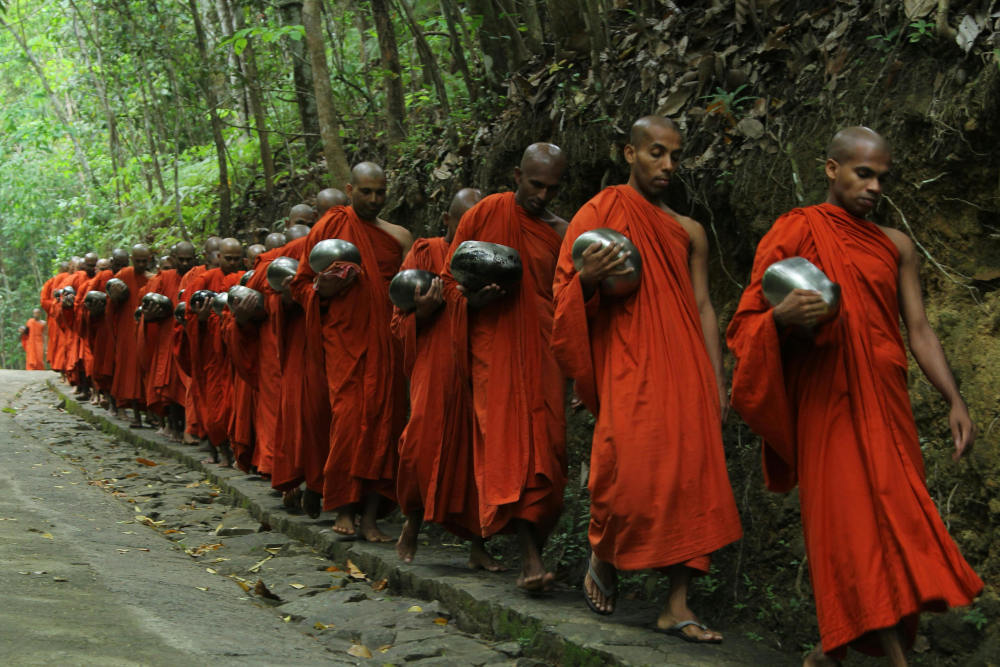
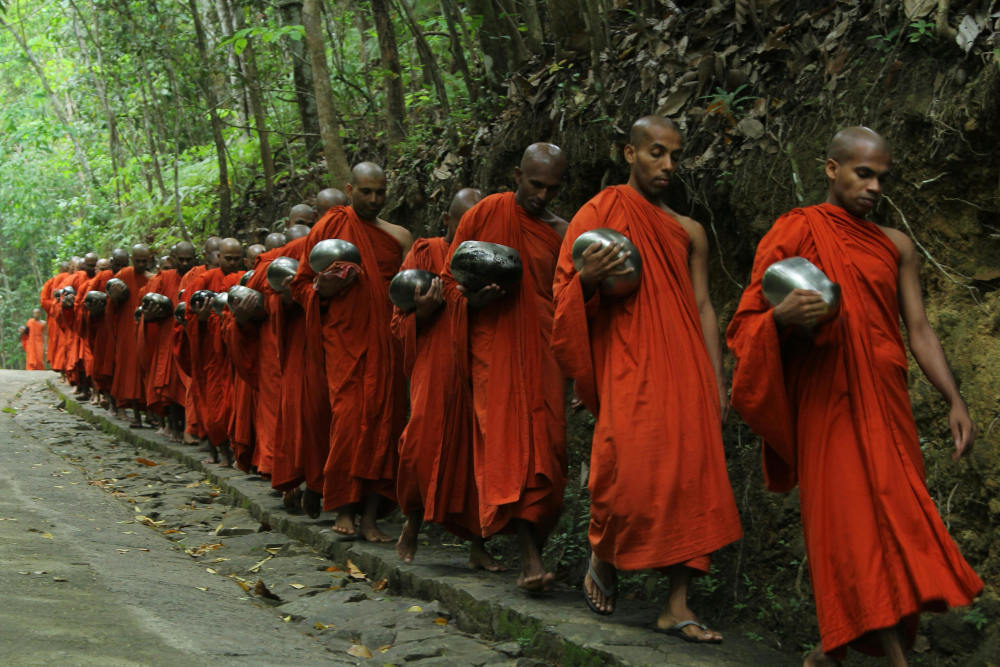
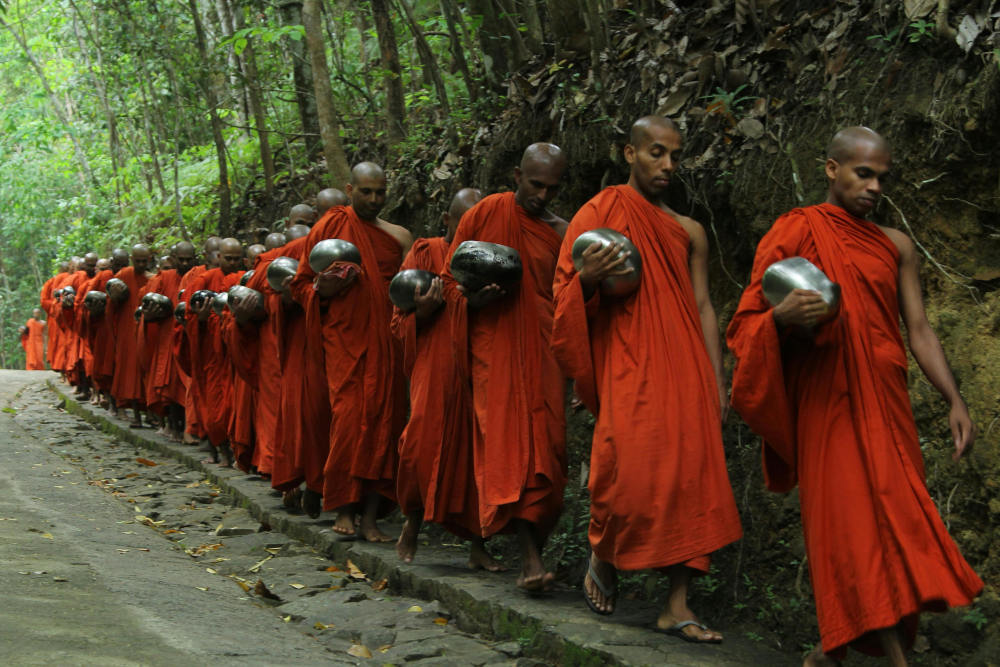



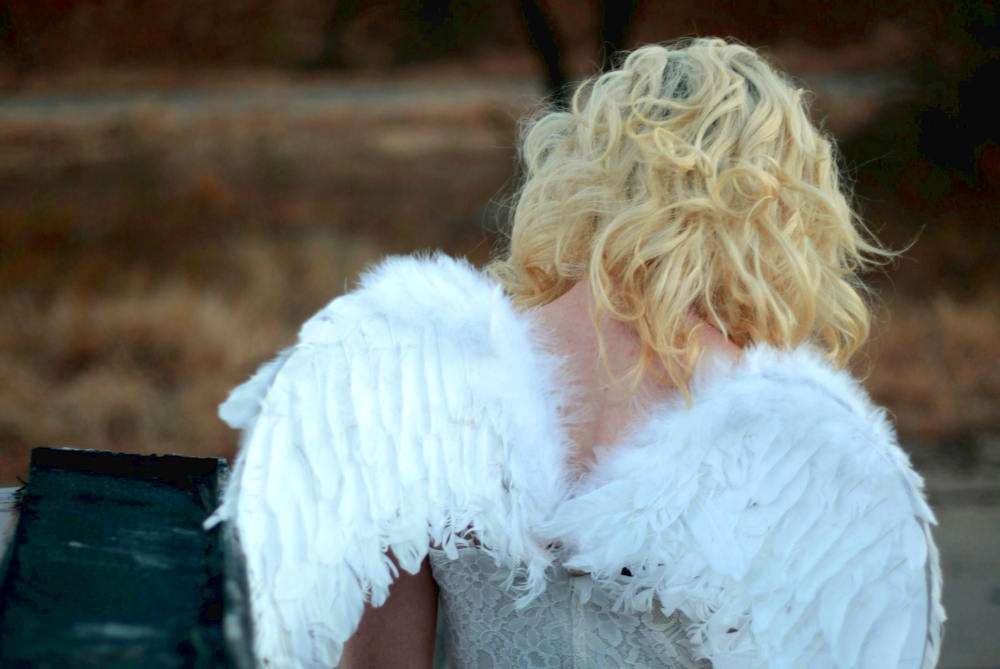














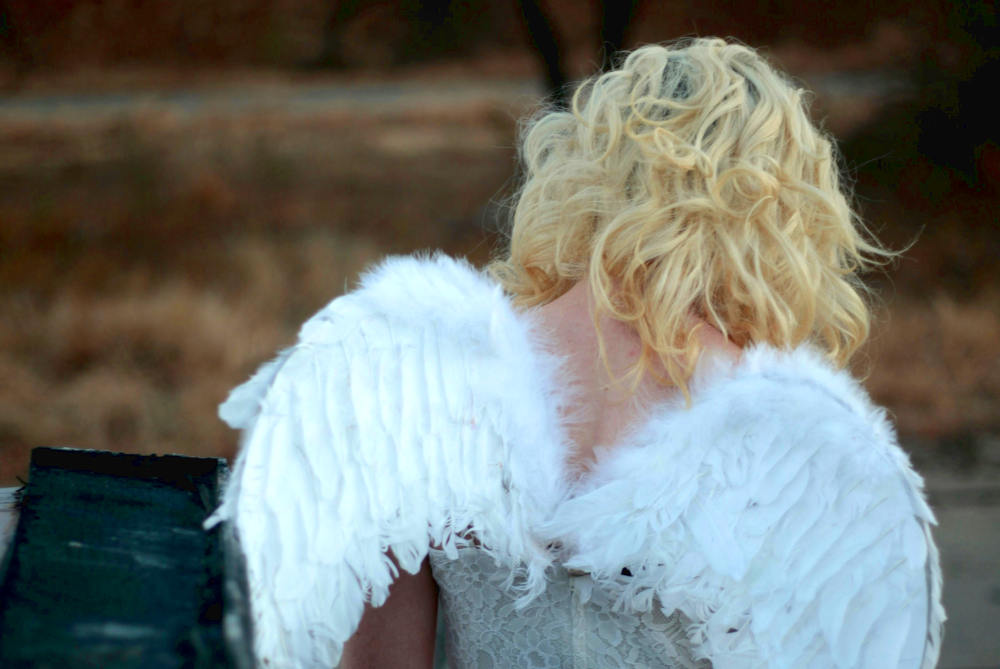
0 comments